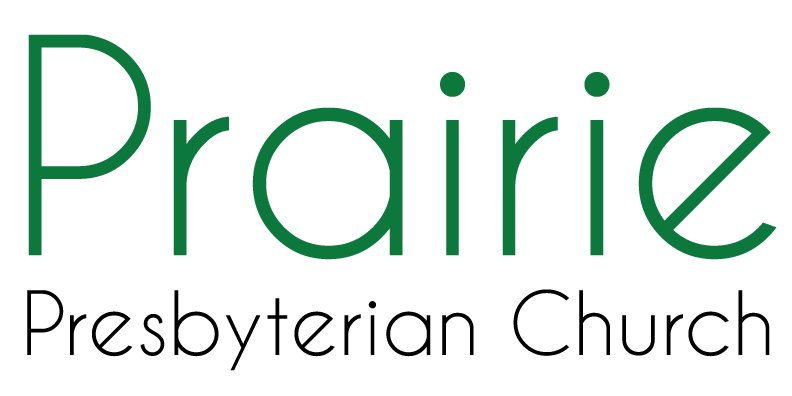In the last few months, the session of Prairie Presbyterian Church has been discussing the best ways to provide good congregational pastoral care. In the past, within the Presbyterian Church, the minister was the central person providing pastoral care with the elders each having a list, or “district,” whom they were to visit as a way of offering spiritual care and support.
The session has tried this model, and after considering some other models, believe we ought to try a model that has been implemented at Knox Presbyterian Church in Milton, ON. Here is a slightly edited explanation from their Web site…
We believe that although the [elders’ district] method has served the church admirably for many years it is predicated on an outdated model. The urbanization of our nation, the mobility of the workforce, the dual income family, the integration of multi-ethnic communities have all conspired to change our social fabric. The church, however, is still practicing its pastoral care as if the social situation was a pre-industrial agricultural community.
We believe this puts extraordinary pressure on the people elected to be elders in the church, requiring a skill base and time commitment that is too great. Therefore, we desire to separate the two primary responsibilities of an elder. The ruling elder will be elected to provide spiritual oversight of the congregation as outlined in our Book of Forms; including pastoral care.
However, the actual delivery of this pastoral care will not be the direct role of the ruling elder. Instead, we will develop a team of trained pastoral visitors whose sole responsibility will be to provide this function within the congregation. They will be selected on the basis of possessing the gift of care-giving, and they will receive training for this responsibility. The team of visitors will report through its leadership to the Session on a quarterly basis.
The primary role of the pastoral visitor will depend upon the type of visiting they are asked to undertake. There will be four types of visits and three types of visitors as outlined below:
- Urgent Care: will be provided by our pastor or designate in attending those in hospital, or in emergency care situations. At times this level of care will require discernment to refer to professional support and care. If the situation warrants ongoing care, members of the congregational (pastoral) care team may be engaged.
- Care for Elderly: will be provided by a team of trained visitors whose primary responsibility will be institutional or independent seniors visiting. The team will visit on a regular basis and follow up with a quarterly review of their visits. The team will report to Session quarterly on their activity.
- Congregational Visits: These visits will be carried out by a team of pastoral visitors. An attempt will be made to visit each home in the congregation annually to share the ministry/mission of Prairie through the Annual Report—plans and programs. Home visit will also be conducted when requested. In all cases, we will respect that some congregants don’t want a pastoral visit unless they initiate it.
- Newcomers/Returnees: will be visited by the pastor or designate within two months of showing interest in our church. The purpose of the visit will be to share programs, opportunities for involvement at Prairie, and if possible, to engage the newcomers in a smaller ministry context (group, bible study, etc.)
We are looking for anyone interested in being part of the Congregational (Pastoral) Care Team or being a visitor who simply reports to the team. If you are interested please let Reverend Matthew Brough know(matt@prairiechurch.ca).
There will be an initial information session for those who wish to be part of the team or be a visitor in the next few months, so that the team can begin its work in the fall.
